Supply chain finance is currently undergoing significant changes driven by technology, disruptions in the movement of goods, and increasing focus on sustainability. At BCR’s 9th Supply Chain Finance Summit on 24-25 January in Madrid, experts discussed the ways in which these factors are impacting the industry and the steps that companies can take to navigate the shifting landscape.
The increasing focus on rules and regulations and the digitization of documentation is a major driver of change in the supply chain industry. The use of electronic bills of lading (eBL) is a prime example of how technology is improving efficiency and standardization in the documentation process. The digitization of documentation streamlines processes, makes it easier for companies to exchange data with third parties, and helps to ensure compliance with regulations, which ultimately benefits both the finance and transportation sides of the supply chain.
Another key topic of discussion at the conference was the role of environmental, social, and governance (ESG) considerations in supply chain finance.
ESG is becoming an increasingly important topic in the boardroom, as companies recognize that they need to take a holistic approach to managing their supply chains. For most companies, this unfortunately still means creating a balanced score card to assess their performance on various ESG metrics. But if you apply/implement it well, it can be a very useful metric to make a difference. Even so, it’s important to note that the metrics used should match the company’s DNA; its values and mission. It’s also important to understand that scoring companies on ESG should be done by a neutral trusted 3rd party; otherwise, there’s a huge risk of greenwashing.
Trade and receivable finance were also discussed as an important tool for closing the global trade finance gap – the shortage of financing trade for small and medium-sized enterprises (SMEs) and emerging market companies is estimated around USD 1.5 trillion to 1.8 trillion. The factoring market, in particular, is growing rapidly; the Global Representative Body for Factoring and Financing of Open Account Domestic and International Trade Receivables, FCI, expects the market to reach USD 10 trillion in the next 3-5 years. Non-recourse factoring, in which the finance provider (commonly known as the ‘factor’) assumes the credit risk of the buyer, is becoming the standard way of factoring. This is especially important for small and medium-sized enterprises (SMEs) which have a harder time accessing financing.
Another important point discussed at the conference was the opportunity for deep tier financing.
The goal of deep tier financing is not just to lower costs for all parties but to actually mitigate supply chain risks. By providing financing to suppliers at the lower tiers, companies can help ensure that they have a resilient supply chain and that they are not exposed to unnecessary risks.
In conclusion, supply chain finance is facing a number of challenges as technology, disruptions in the movement of goods, and sustainability drive change.
Companies need to take a holistic approach managing their supply chains and consider not only the financial aspects but also the environmental, social, and governance considerations. By digitising documentation, focusing on ESG, and providing deep tier financing, companies can navigate the changing landscape of supply chain finance and ensure the success of their business.
Take action today by assessing your company’s supply chain finance strategy and identifying areas for improvement.
We hope this helps! If you have any other questions about these topics or anything else, please feel free to reach out!
#BCR #SCFS23 #SupplyChainFinance #SupplyChainManagement #Finance #TradeFinance #ReceivableFinance #ESG #Digitization #Technology #Efficiency #Standardization #DeepTierFinancing #Sustainability #BusinessSuccess

Alfred Botterhuis
Explores where to create value, innovates and implements new business models.

Bob Gravestijn
Identifying strategic solutions, empowering businesses to innovate and thrive.




